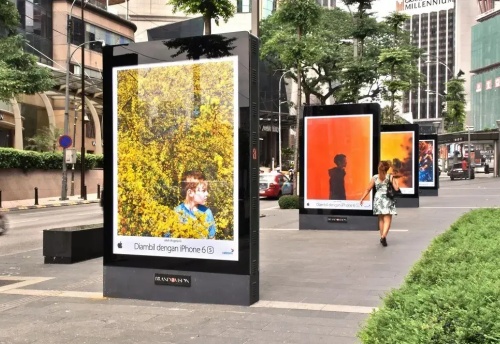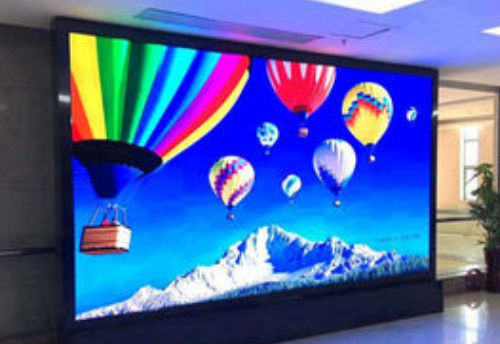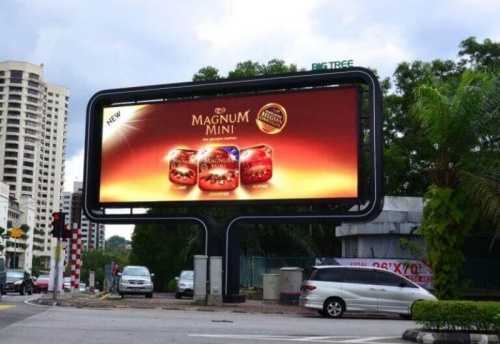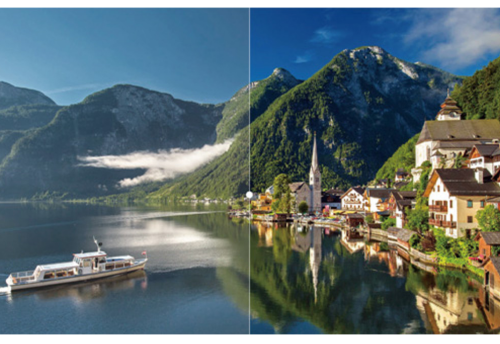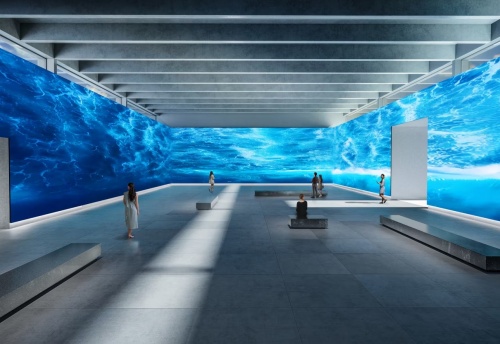What kind of LED Billboards is in Coastal Areas?
LED billboards offer versatile advertising solutions for businesses to engage their target audience effectively. With various installation locations, However, when installing these displays in coastal areas, where unpredictable weather conditions are common, certain factors demand careful consideration.
While not universally applicable, coastal regions generally experience higher rainfall than inland areas. Additionally, LED billboards in these areas endure direct sunlight, strong winds, and elevated temperatures. Installing a digital billboard in a coastal area demands careful attention to specific factors. Let's delve into the six primary considerations for installing LED billboards in these locations.
1. Strong Winds
Coastal regions experience stronger winds due to temperature differences between land and water, creating sea and land breezes. This heightened wind activity poses challenges, especially for tall LED billboards, susceptible to wind forces. The impact of strong winds can cause oscillation and potential structural instability, necessitating meticulous engineering calculations to ensure a secure installation. Moreover, stringent safety measures during the installation process are imperative.
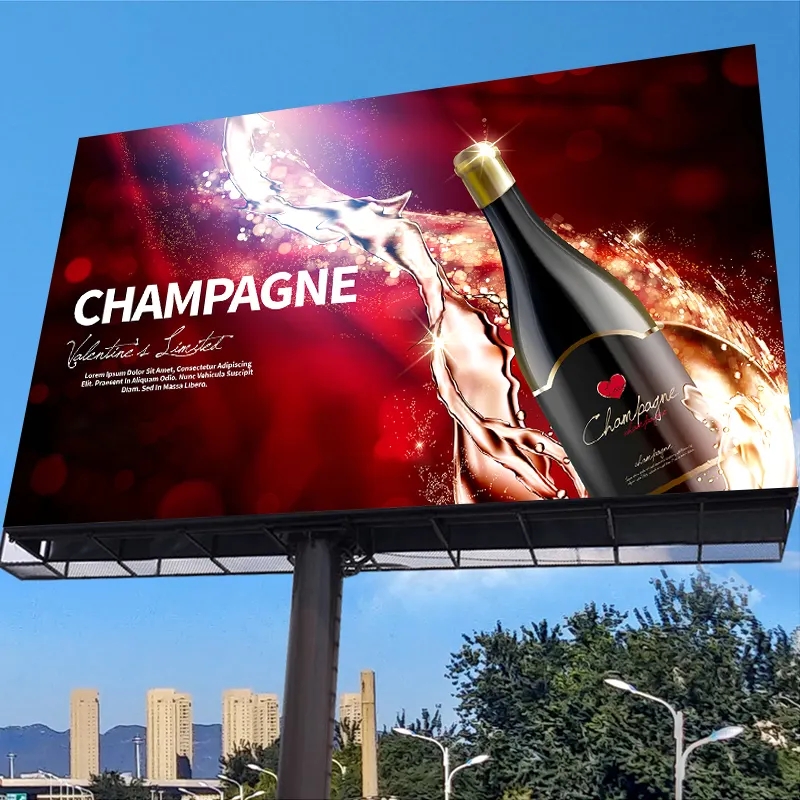
2. Airborne Dust and Sand
Elevated winds in coastal areas facilitate the transport of dust and sand into the atmosphere, posing a risk to LED billboards. Accumulation of dust on the screen can impair display quality and, in severe cases, cause damage. Scheduled maintenance to cleanse the screen surface is essential to ensure optimal viewing experiences.
3. Heavy Rainfall and Monsoon Seasons
Coastal regions typically experience heavier rainfall due to increased moisture in the air from sea evaporation. Installing LED billboards in these regions demands designs resilient to intense rainfall and potential flooding, often necessitating higher installations.
4. High Humidity
Coastal areas tend to have higher humidity levels due to moist air moving from the sea. Moisture poses a significant threat to electrical devices such as LED screens. Protecting electronic components from corrosion and oxidation caused by moist air requires robust moisture-proofing measures, including surface finishing and conformal coatings during manufacturing and installation.
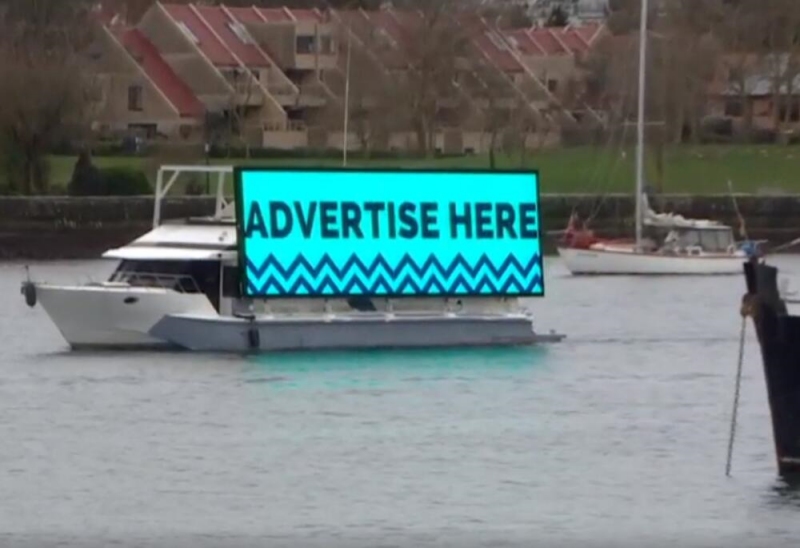
5. Intense Sunlight and Ultraviolet Rays
Coastal areas with unobstructed views often face intense sunlight, challenging digital billboard visibility. Brightness and wider viewing angles become pivotal for clear displays at public events. Additionally, applying protective coatings shields screens from harmful ultraviolet rays, enhancing longevity and performance.
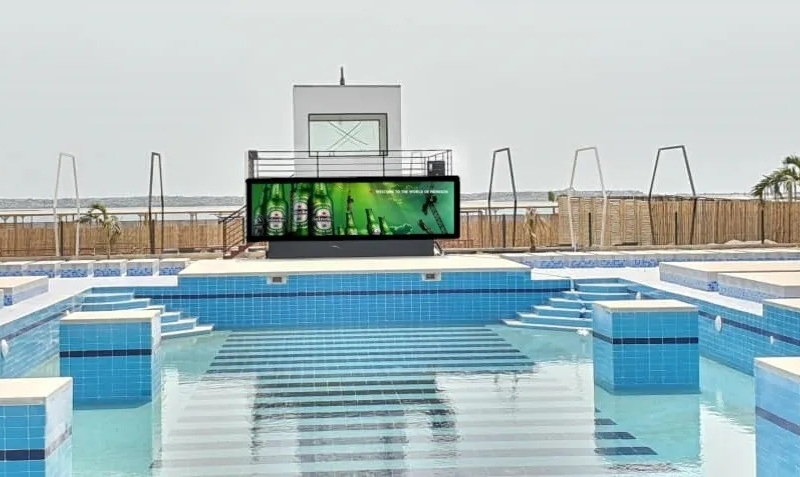
6. Elevated Environmental Temperature
Exposure to bright sunlight raises the environmental temperature around LED billboards, potentially impacting heat dissipation and causing overheating. Installing fans or air conditioning systems mitigates overheating risks and ensures proper operation.
In Conclusion
LED billboards and outdoor LED screens are adaptable and designed to withstand diverse weather conditions, even in coastal areas. By addressing these threats as opportunities, these displays effectively engage audiences in coastal regions, serving as powerful advertising mediums for businesses. With careful consideration and appropriate measures, LED billboards thrive, even amidst coastal challenges, offering effective outreach to audiences.

